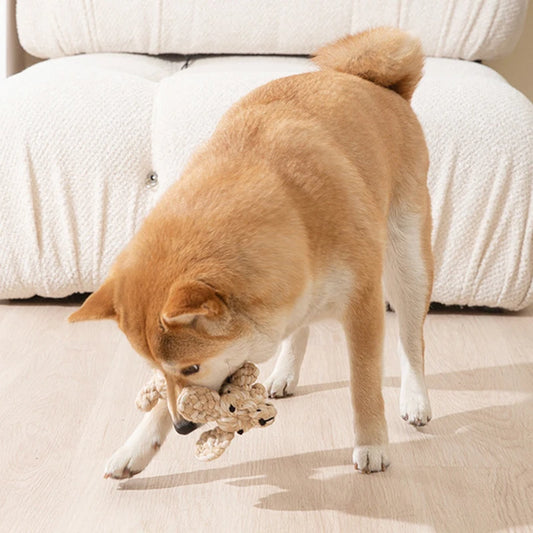Grooming your dog's coat is essential for maintaining its health and well-being. A dog brush not only helps remove loose hair but also prevents tangles and knots, distributes natural oils, and stimulates blood circulation. In this article, we'll delve into the benefits of brushing, the different types of brushes available, and how to choose the best one for your pet.
Benefits of Regular Brushing
Brushing your dog regularly offers multiple benefits:
- Loose Hair Removal : Helps keep your home clean and reduces the amount of hair on furniture and clothing.
- Preventing Tangles and Knots : Especially crucial for long-haired dogs, avoiding discomfort and possible skin problems.
- Distribution of Natural Oils : Keeps the coat shiny and healthy.
- Circulation Stimulation : Promotes skin health and can relax your pet.
- Early Problem Detection : Facilitates the identification of fleas, ticks, irritations or wounds.
Types of Dog Brushes
There are various brushes designed to meet the needs of different types of coat:
-
Bristle Brush
- Suitable for most coat types.
- Helps remove dirt and distribute natural oils.
- Soft and comfortable, ideal for everyday use.
-
Wire Brush or Rake
- Ideal for dogs with thick or double coats.
- Effective for undoing deep knots and tangles.
- Excellent during shedding season.
-
Rubber Brush or Glove
- Perfect for massaging while removing loose hair.
- Ideal for dogs with short hair.
- Easy to use and clean.
-
Detangling Brush
- Designed to remove tangles without pulling hair.
- Beneficial for dogs with long, silky coats.
How to Choose the Right Brush
To select the perfect brush for your dog, consider:
- Coat Type : Short-haired, long-haired, curly-haired, and double-haired dogs have different needs.
- Skin Sensitivity : Some dogs have more sensitive skin and may require softer brushes.
- Purpose of Brushing : Determine whether it is to detangle, remove loose hair, or massage.
Brushing Short-Haired Dogs
Even short-haired dogs benefit from regular brushing. A short-haired dog brush helps keep the coat in tip-top condition by removing loose hair and distributing natural oils. These brushes are typically softer and designed to be gentler on the skin.
Tips for Effective Brushing
- Frequency : Brush your dog at least once a week. Some dogs may need more frequent brushing during shedding season.
- Calm and Comfort : Make sure your dog is relaxed and comfortable during brushing.
- Smooth Movements : Use smooth, long movements to avoid discomfort.
- Rewards : Use treats to reward your dog during and after brushing.
Conclusion
A dog brush is an indispensable tool for caring for your pet's coat. Choosing the right brush and brushing your dog regularly can improve their overall health and well-being. Whether your dog has short or long hair, a good brush helps keep their coat clean, tangle-free, and shiny. Invest in a quality brush and enjoy a happy, healthy pet!

















